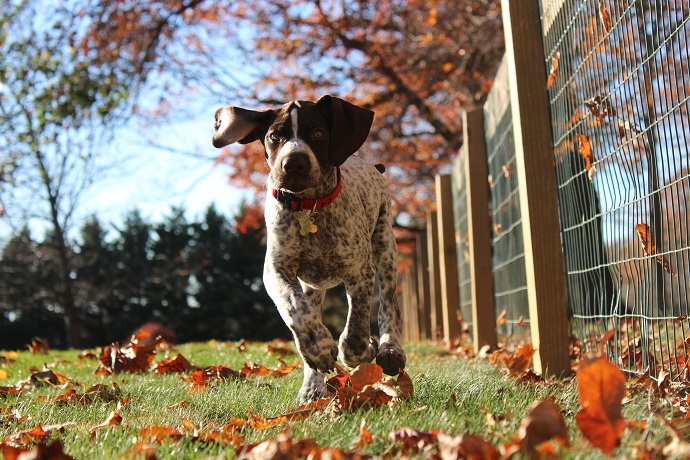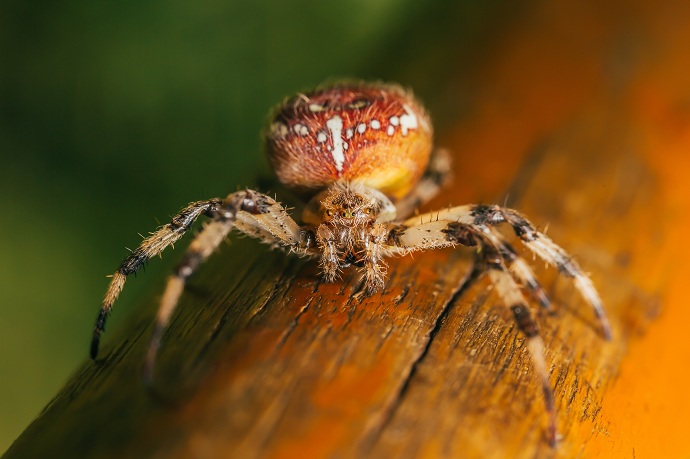Safely Protect Your Pets and Family From Those Nasty Pests
 Did you know that approximately 70-80 million pounds of pesticide is sprayed on homes and landscapes each year? As a pet owner you should be aware that your pets may be at risk from your own pest control efforts or from your neighbor’s pest control runoff. There are steps you can take to help protect your family pet (whether furry, scaled or feathered) from pest control chemicals.
Did you know that approximately 70-80 million pounds of pesticide is sprayed on homes and landscapes each year? As a pet owner you should be aware that your pets may be at risk from your own pest control efforts or from your neighbor’s pest control runoff. There are steps you can take to help protect your family pet (whether furry, scaled or feathered) from pest control chemicals.
There are certain precautions you should take whether you are a do-it-yourselfer or like to hire an expert to take care of your pest control needs.
Inside Treatments
It’s best if you can remove your pets from the home prior to the treatment and to not reintroduce them to the home until all sprayed chemicals dry. Chemicals generally take 2 hours to fully dry. Bird owners should definitely remove their feathered friends when any chemicals are sprayed in the home.
Let your technician know that you have pets and they are currently out of the house. If you own a bird, show the technician where the bird usually resides and discuss possible alternative pest control methods with the technician.
Fish are also of special concern because, generally, they will stay in place during treatment. If the treatment method involves chemical sprays or foggers, as opposed to bait, traps, etc., it is important to cover the fish tank and turn off the ventilator prior to spraying or fogging until the spray has dried or the fog has settled.
Pick up your dog or cat’s water and food bowls, as well as any pet toys and bedding prior to spraying. Animals can be poisoned after the treatment is complete by eating from bowls covered in dried chemicals or chewing on treated toys.
If you plan to treat your home yourself, make sure to read the pesticide label before starting your project. Labels should provide all pertinent warnings to keep your children, pets and yourself safe during application. It is also important to familiarize yourself with the product’s label to learn:
- Tips for safe product storage.
- What to do in case of accidental ingestion.
- Phone numbers that will provide further help or more information.
Outside Treatment
Treating for pests outside is similar to treating for pets inside. The main concept is to keep your pets away from the chemicals until they are dry, usually about 2 hours depending on the weather conditions. Your pest control technician or pesticide label should tell you approximate drying times.
Special considerations for outside treatment concerns granular lawn products. Pets should be kept from the treated area for 24 hours when using pest control products in granular form. The pesticide container label will have specific instructions for pet safety.
Your pets may be at risk from your neighbor’s efforts as well. If you have to treat your yard for pests, chances are your neighbors do too. Speak with your neighbors, find out if they treat their yards for pests and ask them to give you a heads up before treatment so you can keep your pets inside.
Pesticide Storage and Other Precautions
Pets can be affected by pesticides in a variety of ways. It is important to clean any pesticide spills and secure pest control products when not in use. Dogs and cats may ingest spilled pesticides or open products in storage.
Certain baits used as pesticides are prepared with food ingredients. This makes them especially alluring to pets. Baits are often used for rats, mice, slugs, snails and gopher control. If using any kind of bait, make sure the bait is placed where animals cannot reach it. This includes buried baits. Animals have been poisoned after digging up buried bait.
One thing to be extra cautious about for not just your pets but for yourself or family is the vomit of animals that have consumed a pesticide. The gases from the vomit can contain phosphine gas which can be very harmful to anyone who may breathe the gas in.
Keep ‘Em Safe
The key points to remember when treating for pests are to speak with your technician about your concerns involving your pets, read all labels prior to use if self-treating. Keep all pets away from treated areas until chemicals are dry. And take special precautions with birds and fish.
